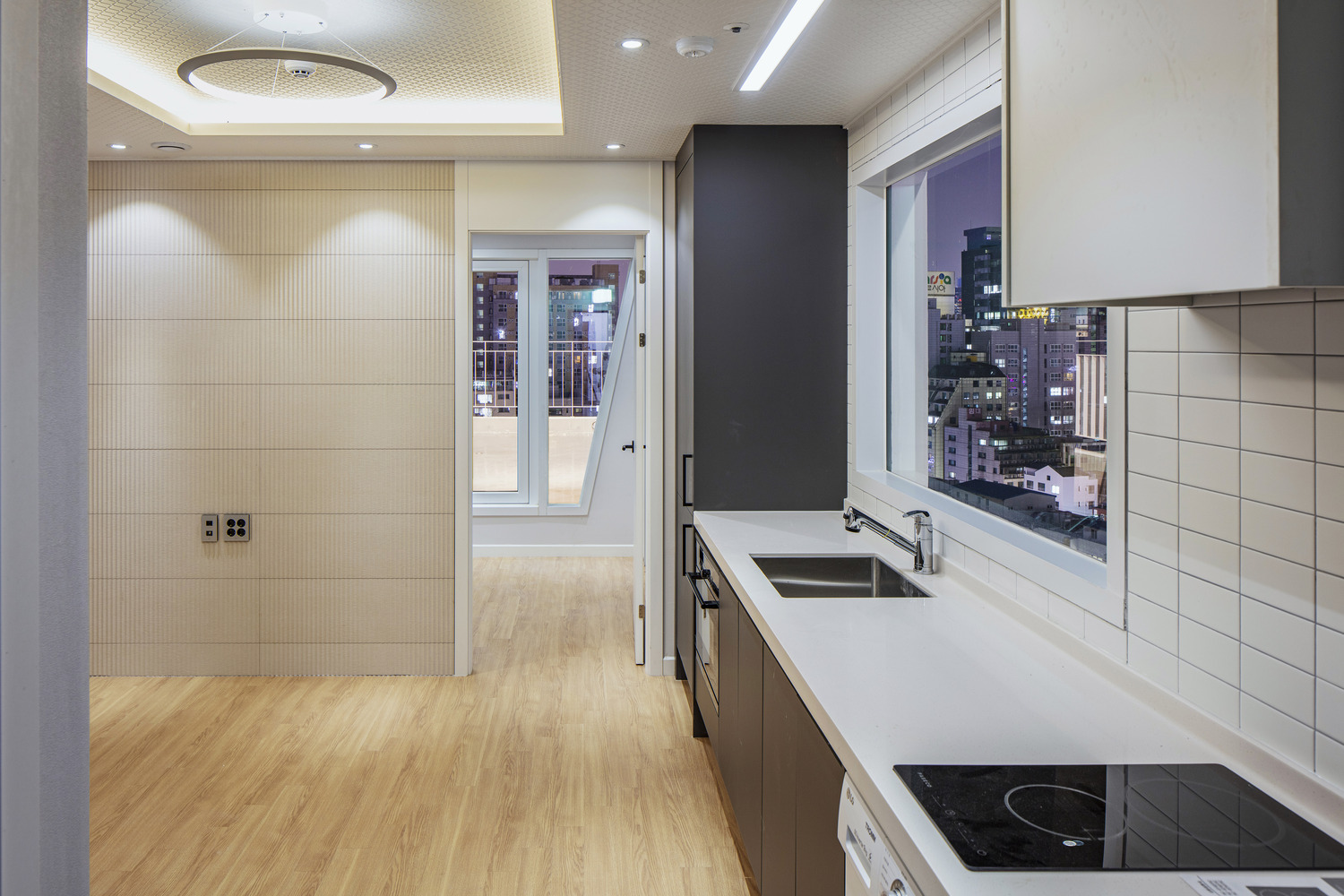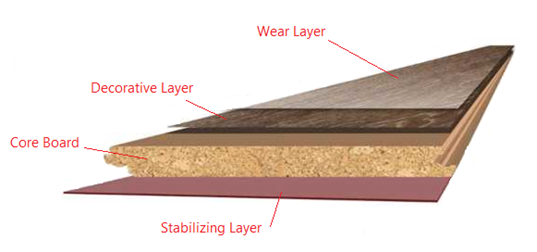
What laminate flooring is about?
From manufacturing process it is important when choosing your floor. Because they combine four or five lays of different materials that give them their properties.

Benefits
The stabilizing layer is the barrier against humidity. The middle lay, called the inner core is a thick board of high-density compressed wood. A third lay is made of photographic paper and melanin resin. These fused lays give the floor its appearance. The top lay It is what gives the laminate its name, as well as its strength? Its materials are aluminum oxide and melanin. These lays are fused to give a durable, moisture-resistant floor. In the same way, the fused decorated layer gives you the design. That makes it similar to almost any real surface.
Abrasion class (AC) rating
AC class has 5 categories ranging from 1 to 5. The higher the class the higher the price
All sheets are tested to classify the laminate. This means you don’t have to buy the most expensive one to get the best laminate flooring.
There are two main types of laminates.
They differ in the melting process of the lays and the composition of the inner core.
The first type is the DPL or direct pressure laminate. Its production process fuses the 4 lays at the same time under pressure of 300-500 PSI. Melanin fuses the layers and covers them. This process gives the floor its durability and water resistance.
The second type is HPL or high-pressure laminate.
The fusion of all the lays is not at the same time. In the process under pressure of 1300 PSI and by adding heat, it binds the core and the top lays together. In addition, it includes a fifth layer that provides greater durability.
DPL is the most common of the laminates. For residential use, AC1 to AC4 ratings are best. HPL is for heavy traffic and has ratings of AC5 or higher, so it’s not usually suitable for residential use.

